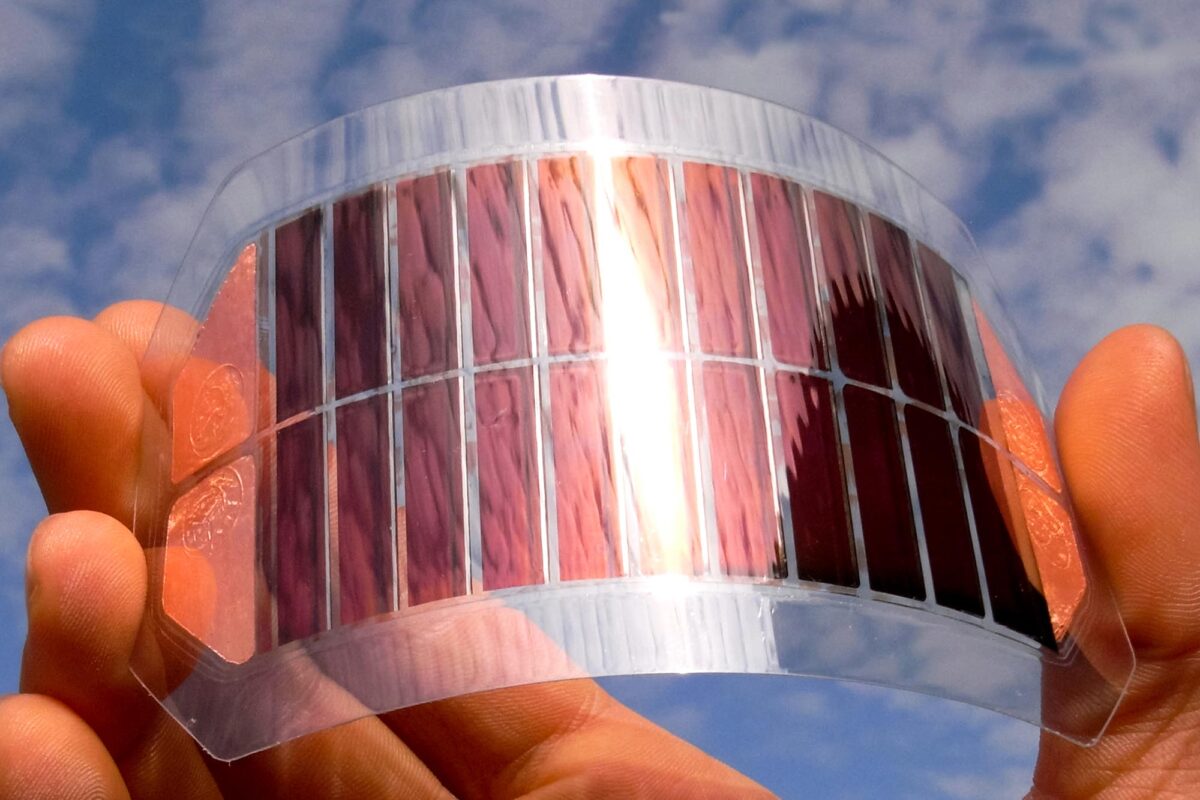Organic solar cells are now gaining momentum in the world of energy conservation. Their versatility makes them a better choice in comparison to the more popular silicon solar panels. The design is lightweight, adjustable, and available in numerous colours, giving it an attractive aesthetic appeal for urban applications.
Sadly, progress in understanding and perfecting the performance of the device has been a tad slow as researchers strive to comprehend the rudimental processes of how these organic solar cells function.
As of now, Engineers at top universities like Princeton and King Abdullah University of Science and Technology have come up with a different way to demonstrate energy loss in organic solar cells. Consequently, this demonstration has been of great help in making recommendations for manufacturing better devices.
This advancement can bring a new level of understanding and technique to the construction of organic solar panels. In their published journal on Joule, co-writer Barry Rand, an associate professor of electrical and computer engineering at the Andlinger Center for Energy and the Environment, explained that the previous description of energy loss in solar panels was not entirely accurate.

The conventional way of defining energy loss did not consider and include that there could be disorder in organic solar cells. One such disorder is called dynamic disorder, caused by the unpredictable movement of micro molecules, leading to an unavoidable loss of energy at multiple temperatures.
Another type is the static disorder produced by the internal components of the materials involved in making an organic solar cell and their arrangement in the device.
Since other definitions did not previously include this description, the design and effectiveness of organic solar cells were grossly limited. But with the advent of Rand’s research analysis, they could recommend material choices and arrangements to maximise energy conservation in these cells.
In manufacturing organic solar cells, making use of homogenous materials appears to have a more energy-conserving effect compared to heterogeneous materials, and so is recommended for making efficient devices. This particular finding was quite surprising since researchers used to believe that heterogeneity was vital for device performance.
With these discoveries, engineering energy-efficient organic solar panels will take an upward turn.




